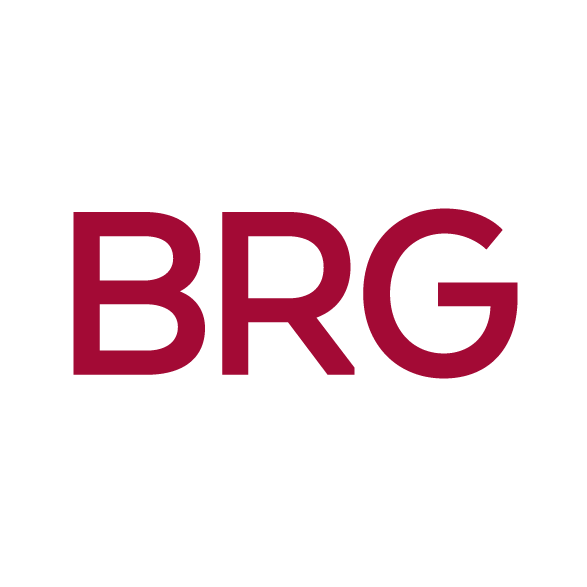09 Aug Media Interview Safe Zone: Avoid the Interview or Properly Prepare?
There are strategic moments for a healthcare organization’s spokesperson to be visible in the media, and most assuredly moments to stay quiet no matter the interview topic. However, many organization leaders enact an ongoing policy to shy away from media interviews altogether in fear of getting hit with tough questions, an ill-advised response and the possibility of backlash from their membership, board or consumer audience.

Avoiding media interviews may keep your organization in the safe zone, but it can come at the cost of positive brand recognition, industry leadership, an opportunity to showcase your membership’s expertise and the promotion of life-saving medical innovations.
With the right preparation, your spokesperson will be ready to maneuver through tough industry questions and shine a light on the work your organization and membership is doing to advance the medical profession. Here are five tips to help you prepare:
1. Audit the Reporter & Use Past Stories to Prep
Chances are if a reporter wrote a negative or controversial industry story in the past, there’s a likelihood they will use that knowledge to lead future questioning. As you get ready to prep your spokesperson for an interview, conduct a quick media audit of the reporter and use past stories to create a Q&A with tough questions.
2. Prepare Using the Current News Landscape
A reporter wants to know how your organization fits within the larger industry. That said, review the current news cycle and prep your spokesperson for questions about current industry issues even if there isn’t a direct connection to your organization. If and when a question comes up, your spokesperson will be ready to address or pivot to a response that is beneficial for your organization.
3. Have a Message Architecture Already in Place
Your spokesperson should already be well-versed in tried, true and approved key messaging that aligns with your organization’s brand. These messages need to be the cornerstone for every interview and should be second-nature for your spokesperson to refer back to no matter the questions they get.
4. Scenario Plan with Interview Techniques
It may seem like media training 101, but dig in with your spokesperson on bridging, flagging and deferring interview techniques. Map out key words or phrases that not only shows your spokesperson when they need to pivot, but the technique they should use and the opportunity to showcase positive messages. Create a chart to bring it to life for your spokesperson and use it to practice.
5. Make Media Training a Program
Media training is not a one and done. In order to keep these tools fresh in your spokesperson’s mind and be sure he or she handles hot topics effectively, media training needs to be an ongoing occurrence and not something that just happens before your spokespersons next interview.
Need to prep your executives for the upcoming year? Find out how we can help.






